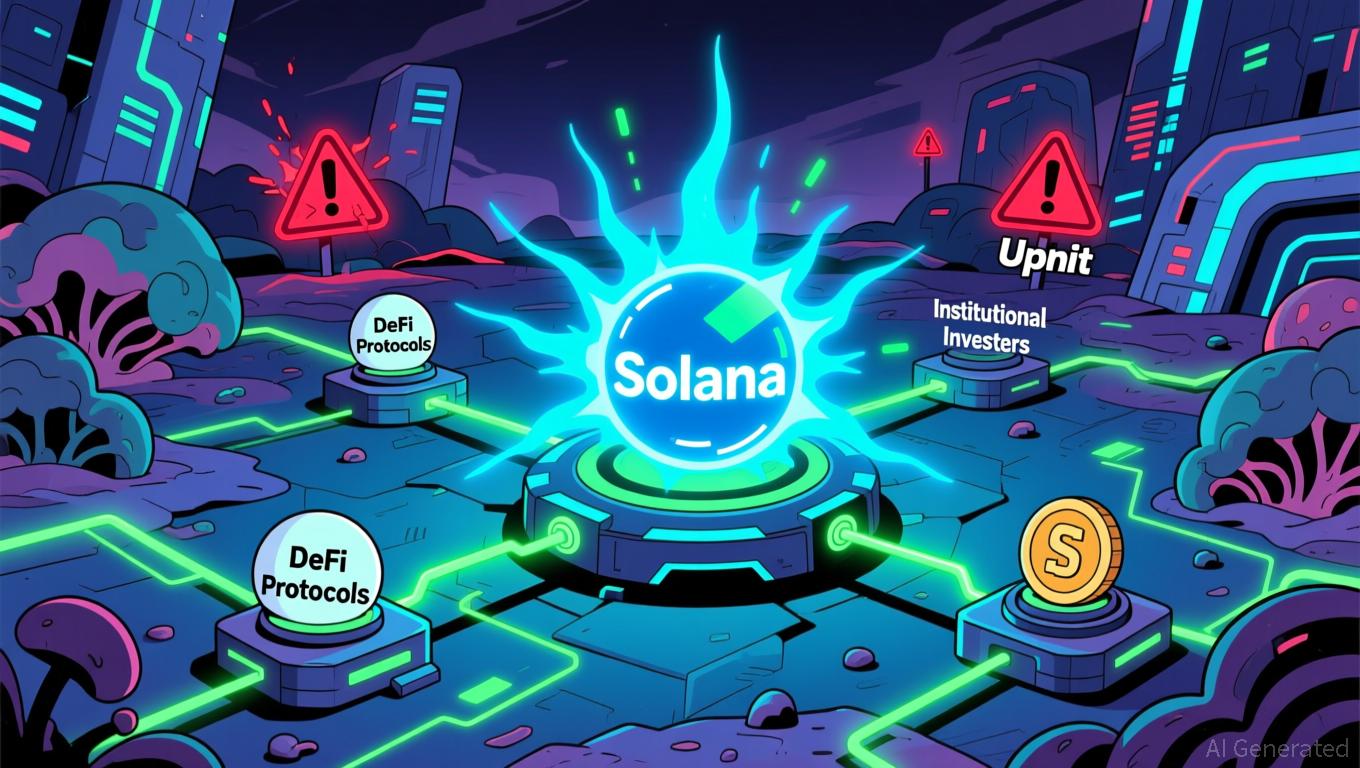
- Mainnet glitch slowed Cardano block production but didn’t stop the chain.
- The ADA price has dropped sharply as market pressure and criticism intensified.
- Concerns rise over network readiness ahead of the Midnight launch.
Cardano is facing scrutiny after a mainnet glitch slowed block production, weighing heavily on the already bearish market sentiment.
The disruption arrived during a tense period for the broader crypto market , pushing the ADA price deeper into decline and raising fresh questions about the network’s readiness for upcoming milestones.
Mainnet glitch triggers network jitters
The block production slowdown began after Cardano (ADA) experienced a technical issue on its mainnet, echoing a similar problem that appeared in the Preview environment only a day earlier.
According to Intersect, the member-based organisation helping coordinate development across the ecosystem, the glitch did not halt block production entirely but caused it to slow significantly.
Engineers from Intersect, the Cardano Foundation and Input Output Global moved quickly to diagnose the issue and coordinate a fix.
Node operators running version 10.3.1 or higher were advised to upgrade to Cardano Node 10.5.2, a release designed to address hash size inconsistencies and a networking bug linked to peer selection.
Operators on older software versions did not need to take action, and wallet users on Daedalus remained unaffected.
Despite the reassurance, the visible congestion raised concern among community members who were monitoring the chain’s activity closely.
Following an issue identified in the Preview environment yesterday, Cardano is currently experiencing a technical issue now on Mainnet.
Currently block production has slowed, and we’re working closely with @Cardano_CF and @InputOutputHK as we coordinate a technical response.…
— Intersect (@IntersectMBO) November 21, 2025
The timing of the glitch was particularly sensitive because the network is preparing for increased activity tied to the upcoming Midnight sidechain launch on December 8.
While some users have pushed back the concerns after the glitch, noting that only specific node versions experienced interruptions and that the broader network continued functioning, albeit at a reduced pace, other users express concern that the slowdown hints at deeper scalability challenges.
Market reacts as ADA extends losses
The glitch landed during an already fragile moment for crypto markets, and ADA quickly became one of the session’s biggest underperformers.
Cardano (ADA) has fallen 12.86% in 24 hours, sliding from $0.4697 to as low as $0.3911 before staging a mild rebound.
This drop far exceeded the broader market’s decline of 7.76%, intensifying worries about ADA’s short-term resilience.
The negative sentiment was compounded by the return of the long-running “ghost chain” narrative, revived by critics who pointed to Cardano’s relatively small stablecoin footprint and modest decentralised exchange volumes compared with larger networks.
With adoption metrics under renewed scrutiny, the Cardano mainnet glitch added another layer of pressure, creating what analysts described as a “perfect storm” that accelerated the sell-off across trading platforms.
Technically, ADA’s breakdown below the key $0.40 support zone has triggered algorithmic selling and additional liquidations.
Indicators such as the RSI falling to deeply oversold territory and a bearish MACD crossover signal a fading momentum.
The next major support now sits near $0.33 unless ADA can reclaim $0.44, a level that previously served as a short-term pivot.



